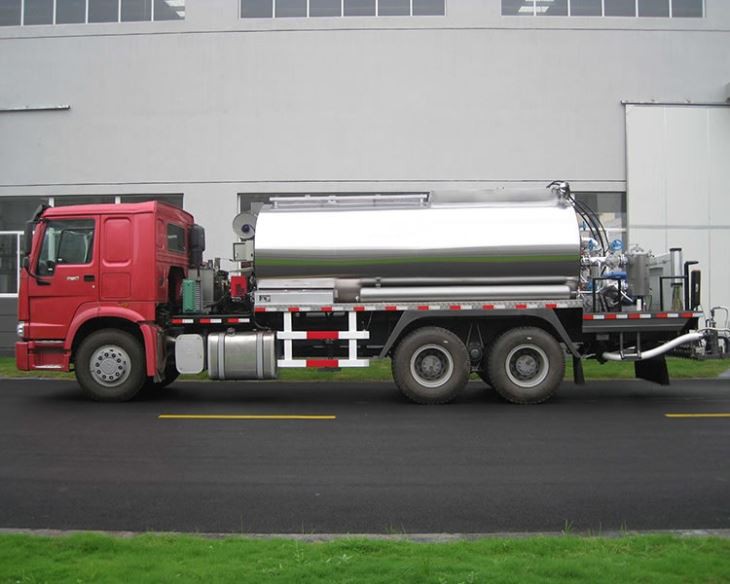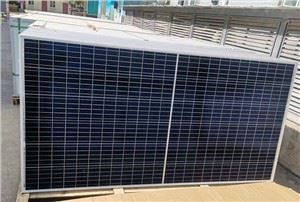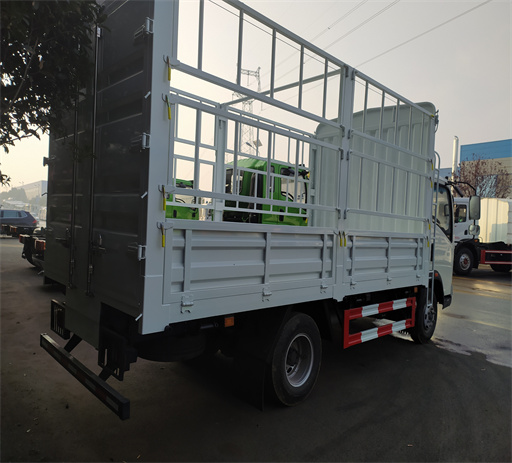Utility Fire Truck: The Essential Guide for Fire Departments

Utility fire trucks are indispensable vehicles designed to enhance the operational efficiency of fire departments. They serve multiple purposes and can be tailored to meet specific community needs. This article encompasses everything you should know about utility fire trucks, their features, types, benefits, and selection tips, ensuring you are fully informed when considering the addition of this vital resource to your firefighting fleet.
What is a Utility Fire Truck?
A utility fire truck is a versatile firefighting vehicle equipped with various tools and equipment for a broad range of emergency responses. Unlike traditional fire engines, which primarily focus on extinguishing fires, utility trucks are designed for multi-functional purposes, including rescue operations, emergency medical services, and wildland firefighting.
History of Utility Fire Trucks
Utility fire trucks have evolved from simple delivery vehicles to specialized conversions that cater specifically to the needs of firefighting. Initially developed in the early 20th century, today’s utility trucks feature state-of-the-art technology and equipment that allow firefighters to respond more effectively and efficiently to emergencies.
Evolution of Firefighting Vehicles
Over the years, firefighting vehicles have transitioned from horse-drawn carriages to motorized units. The introduction of gasoline and diesel engines, as well as advanced materials, has allowed for the creation of highly specialized vehicles that serve various functions in firefighting.
Emergence of Utility Fire Trucks
The demand for versatile firefighting vehicles emerged in the latter half of the 20th century when fire departments faced an increase in the complexity of emergencies, necessitating the integration of additional equipment and capabilities into a single vehicle.
Key Features of Utility Fire Trucks
Utility fire trucks come equipped with various features designed to enhance their functionality and performance during emergencies. Understanding these features can help fire departments make well-informed decisions when choosing the right vehicle.
Versatility
One of the main selling points of utility fire trucks is their versatility. They can be outfitted for a variety of tasks, including:
- Rescue operations
- Emergency medical services
- Hazardous materials response
- Wildland firefighting
Storage and Equipment Capabilities
Utility fire trucks provide ample storage for firefighting equipment, rescue tools, and medical supplies. They often include compartments designed to carry the following:
| Equipment Type | Typical Uses |
|---|---|
| Hoses | Extinguishing fires |
| Medical Kits | Providing emergency medical treatment |
| Chainsaws | Cutting through obstacles |
| Rescue Tools | Extricating victims from vehicles |
Water Capacity
While utility trucks don’t always hold as much water as traditional fire engines, they typically come with a modest water tank suitable for quick response scenarios. Water capacity varies by model but usually ranges from 250 to 500 gallons.
Types of Utility Fire Trucks
Various types of utility fire trucks exist, each tailored for specific applications and scenarios. Understanding the differences can help fire departments select the appropriate model for their needs.
Brush Trucks
Brush trucks are lightweight utility fire vehicles designed specifically for wildland firefighting. They often feature off-road capabilities and are equipped with water tanks, hose reels, and firefighting equipment to manage brush fires effectively.

Rescue Trucks
Rescue trucks focus on emergency medical services and technical rescues. These vehicles carry stretchers, medical supplies, and specialized equipment to assist in various rescue situations, including car accidents and water rescues.
Command Vehicles
Command vehicles serve as mobile command centers for fire incidents. They are equipped with communication tools and monitoring systems to ensure seamless coordination among responding units during emergencies.
Benefits of Utility Fire Trucks
Investing in utility fire trucks offers numerous advantages for fire departments, contributing to improved overall response capabilities.
Cost-Effective Solutions
Utility fire trucks can replace specialized units that may be costly to operate and maintain. By providing multiple functionalities within one vehicle, departments can save significantly on both expenses and manpower.
Improved Response Times
These vehicles facilitate quicker responses during emergencies. The multipurpose design allows firefighters to be better prepared for various situations, reducing the time taken to gather necessary equipment.
Community Engagement
A utility fire truck can enhance a fire department’s engagement with the community. These vehicles can be used for educational programs, demonstrations, and community events, fostering relationships and promoting fire safety awareness.
Considerations When Choosing a Utility Fire Truck
When deciding to purchase a utility fire truck, several factors should be considered to ensure the selected vehicle meets the department’s operational needs.
Vehicle Size and Design
The size of the vehicle is a crucial consideration. Fire departments must evaluate the routes they cover and the types of areas they serve. Smaller utility trucks may excel in urban environments, while larger trucks may be suitable for rural settings.
Equipment Compatibility
Ensure that the utility fire truck can accommodate the necessary equipment required for specific emergencies. Consider the department’s existing inventory and whether additional modifications will be needed.
Budget Constraints
Setting a budget before making a purchase is essential. Utility fire trucks can vary significantly in price based on their features, design, and additional equipment. Fire departments should seek models that deliver the best value for their investment.
Practical Tips for Fire Departments
Implementing the proper strategies for acquiring and utilizing utility fire trucks can significantly enhance department efficacy.
Community Assessment
Conduct a thorough assessment of the community’s needs before selecting a utility fire truck. Engage with community leaders and citizens to understand the unique challenges faced by local firefighters.
Training and Familiarization
Once the utility fire truck is acquired, ensure that all personnel undergo training to effectively operate and maintain the vehicle. Familiarization with the truck’s equipment is vital during emergencies.
Regular Maintenance Policies
Establish a routine maintenance schedule to prolong the lifespan of the utility fire truck. Adjust components as necessary and routinely check essential systems to ensure optimal performance during critical operations.
Case Study: Utility Fire Truck in Action
To illustrate the advantages of utility fire trucks, consider the following case study from a small-town fire department:

The Greenfield Fire Department’s Utility Truck

In 2019, the Greenfield Fire Department acquired a utility fire truck specifically designed for both urban and rural responses. The vehicle was outfitted with:
- A 300-gallon water tank
- Advanced medical supplies
- Rescue tools for extrications
Within the first year of operation, the utility truck responded to over 100 emergencies, including:
- Natural disasters
- Vehicle accidents
- Fire incidents in difficult terrain
Results
The addition of the utility fire truck led to improved response times by an average of 25% and a noticeable enhancement in community engagement through public demonstrations and fire safety education programs.
FAQ Section
What is the primary purpose of a utility fire truck?
The primary purpose of a utility fire truck is to provide a versatile solution for various emergency responses, including firefighting, rescue operations, and medical services.
How much does a utility fire truck typically cost?
Prices for utility fire trucks can vary widely based on features and equipment. On average, you can expect to spend between $100,000 to $250,000.
What types of emergencies can a utility fire truck respond to?
Utility fire trucks can respond to a broad range of emergencies, including structure fires, vehicle accidents, medical emergencies, hazardous materials incidents, and wildland fires.
Are utility fire trucks suitable for rural environments?
Yes, many utility fire trucks are designed to perform well in rural environments, especially models with off-road capabilities and larger water tanks.
How do fire departments maintain utility fire trucks?
Regular maintenance includes inspections, routine check-ups, cleaning, and servicing equipment to ensure reliable performance during emergencies.
Can a utility fire truck be customized?
Yes, utility fire trucks can be customized with various equipment, storage configurations, and features to meet the specific needs of a fire department.
